Understanding how to diagnose cerebral palsy (CP) in infants is crucial for their development and well-being.
CP is typically diagnosed within the first or second year after birth, but symptoms may not be immediately apparent. Delayed diagnosis can hinder early intervention efforts, which are vital for optimizing a child’s motor and cognitive outcomes.
Early detection allows for specialized interventions that harness the brain’s natural plasticity, enhancing motor and cognitive abilities.
If you suspect CP or notice any developmental delays, consult a healthcare professional to learn how to diagnose cerebral palsy early.
Let us help you understand how to diagnose cerebral palsy and why early detection is important.
What is Cerebral Palsy?
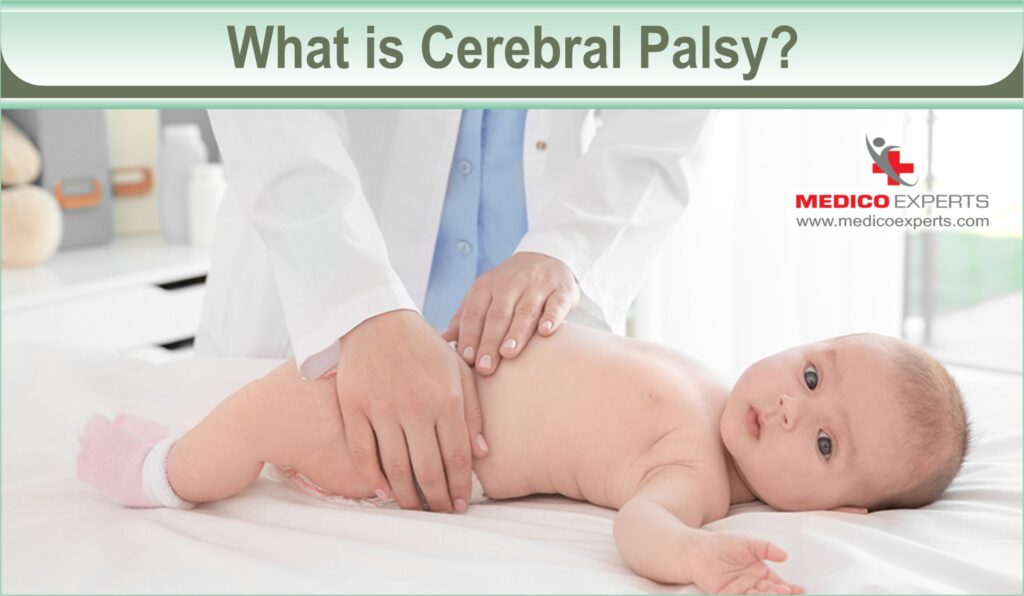
Cerebral palsy (CP) is a set of conditions that make it hard to move and stay balanced. It’s the most common movement problem in kids. “Cerebral” means related to the brain, and “palsy” means trouble with muscles.
CP happens when the brain doesn’t develop right or gets damaged as it’s growing, which makes it tough to control muscles.
What are the types of cerebral palsy?
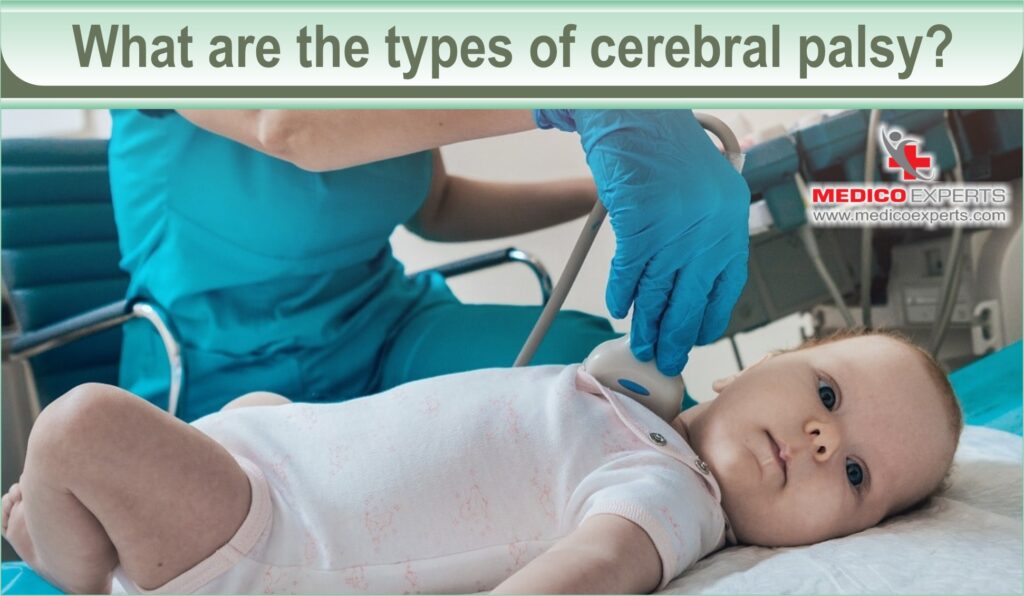
Cerebral palsy comes in different types, depending on which movements or body parts are affected and how severe the symptoms are. Some types also affect thinking and learning, as well as movement.
How early cerebral palsy can be detected?
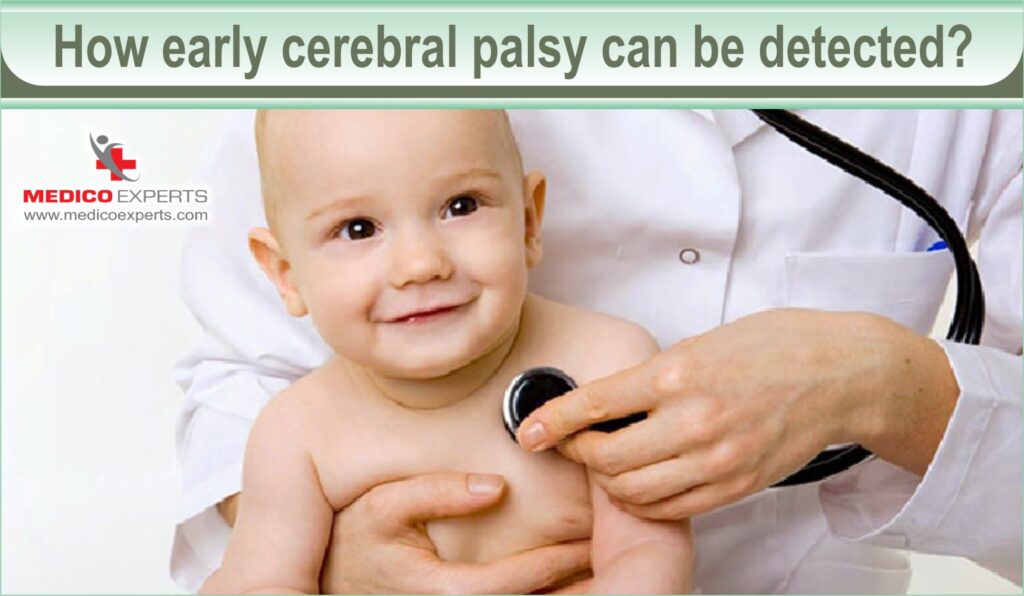
As a parent, you need to stay informed about the signs and symptoms of CP, so that you can approach a healthcare provider as early as possible if you see signs of this condition.
Depending on its different types and levels of disability, CP symptoms and signs vary. A major sign is a delay in motor milestones like rolling over or walking.
Other possible signs include difficulty with muscle control or coordination. It’s important to remember that some children without CP may show similar signs. here are the signs as per the baby’s age:
Babies younger than 6 months
Babies younger than 6 show the following signs if they have cerebral palsy:
- Lack of muscle tone in the baby
- The baby cannot be lifted easily as there is a lack of proper muscle support.
- The baby feels muscular spasms and stiffness.
- There is a lack of muscle control, proper posture, and well-defined reflexes.
- The baby has difficulty in feeding and swallowing.
- The baby likes to use only one side of their body.
The secondary signs of cerebral palsy in newborns are:
- Constipation
- Airway obstruction
- Stunted growth
- Sleep difficulties
- Oral health issues
- Gastroesophageal reflux (GERD, a condition, that happens when stomach acid moves back into the tube linking your mouth and stomach (esophagus) repeatedly.)
Babies older than 6 months
Here are some signs that babies older than 6 months show:
- Can’t roll over in any direction
- Difficulty bringing hands to mouth
- Struggles to bring hands together
- Reaches out with only one hand while keeping the other in a fist
Babies older than 10 months
Some signs that babies older than 10 months show are:
- Crawl unevenly, using one hand and leg to push while dragging the other hand and leg
- Move around by scooting on your buttocks or hopping on your knees instead of crawling on all fours
- Unable to stand even with support
If you see some of these symptoms in your baby, you should approach your pediatrician without failing. Only a professional can find out whether the baby has CP after thorough tests and diagnostic procedures. Besides, diagnosis of CP is important for your baby’s well-being.
How to diagnose cerebral palsy?
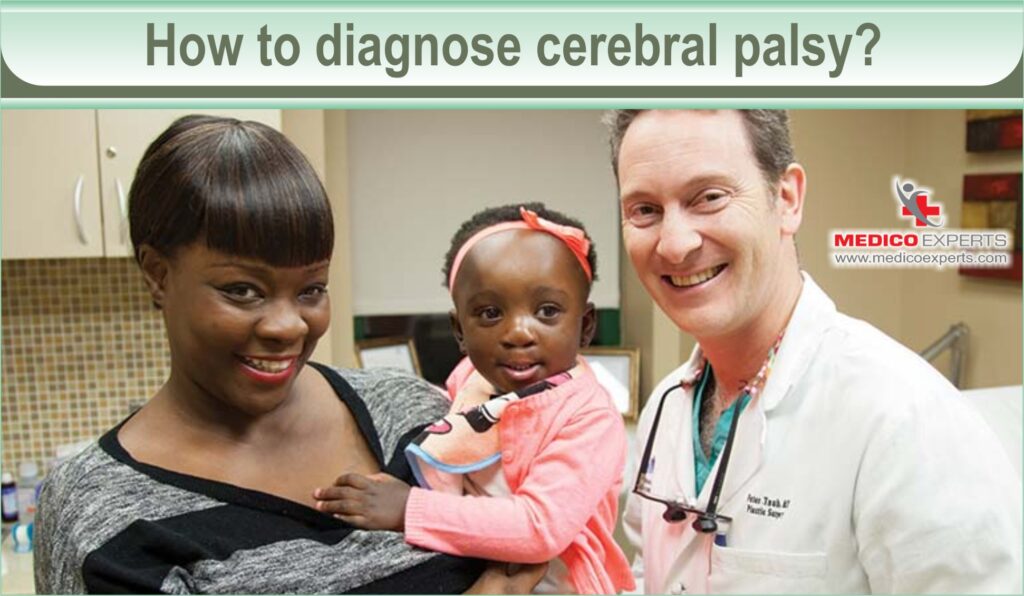
Symptoms of cerebral palsy can progressively become more apparent over time, potentially delaying diagnosis, especially if symptoms are mild.
If healthcare professionals suspect cerebral palsy, they will assess your child’s symptoms, medical history, and conduct exams to monitor their development.
Healthcare professionals may then consult specialists, and conduct tests to confirm the diagnosis and rule out other potential causes. Here are the tests done:
Brain scans
Brain-imaging tests can show where the brain is damaged or not growing right. These tests might include:
MRI
An MRI creates detailed 3D or cross-sectional pictures of the brain using radio waves and magnets. It’s painless but noisy and can take up to an hour. Your child might need a sedative or light anesthesia before the test.
Cranial ultrasound
Cranial ultrasound can be done for infants. A cranial ultrasound uses high-frequency sound waves to create brain images. While not detailed, it’s quick and can offer an important initial brain assessment.
Laboratory tests
Screen for genetic or metabolic conditions using blood, urine, or skin samples.
Electroencephalogram (EEG)
If your child might have seizures, an EEG can check. It involves attaching electrodes to their scalp to record brain activity. Epilepsy often shows changes in brain wave patterns during this test.
Additional tests
Specialists may conduct tests for vision, hearing, speech, intellect, development, movement, and other medical conditions if cerebral palsy is diagnosed.
Treatment Options for Cerebral Palsy
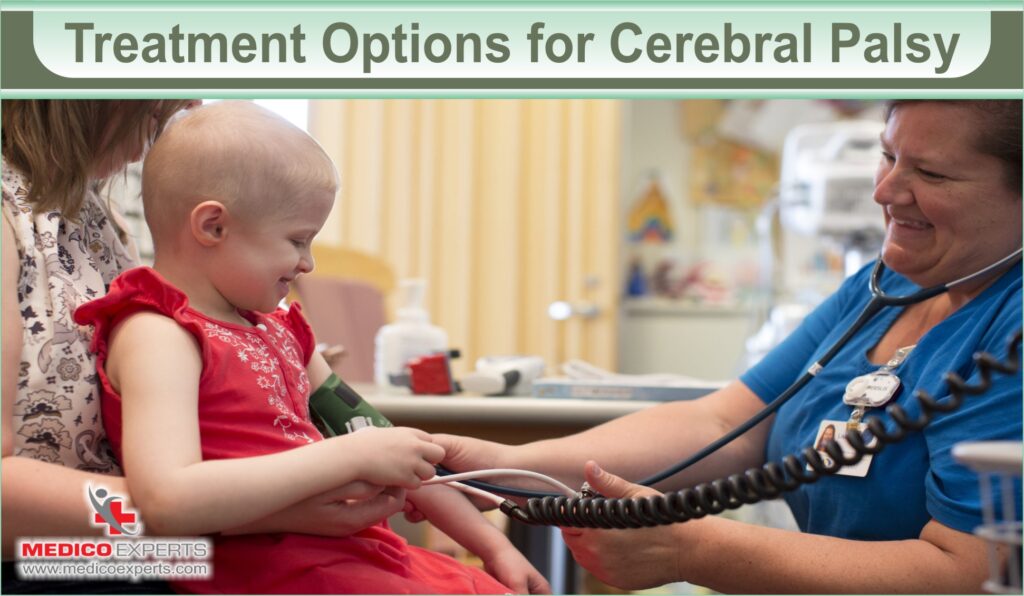
Children and adults with cerebral palsy often need lifelong care from a team of healthcare professionals. This team may include your child’s primary care provider, a specialist in physical medicine and rehabilitation, pediatric neurologists, therapists, and mental health specialists.
They focus on addressing the unique needs and challenges associated with cerebral palsy and collaborate to develop a tailored treatment plan.
While there’s no cure for cerebral palsy, various treatment options are available to improve your child’s daily function. The selection of treatments depends on your child’s specific symptoms and requirements, which may evolve over time. Early intervention is crucial for better outcomes and can involve medications, therapies, surgeries, and other interventions as necessary.
Stem cell therapy is one of the best treatment options for cerebral palsy. For more information please visit the page – Cerebral Palsy treatment
Conclusion
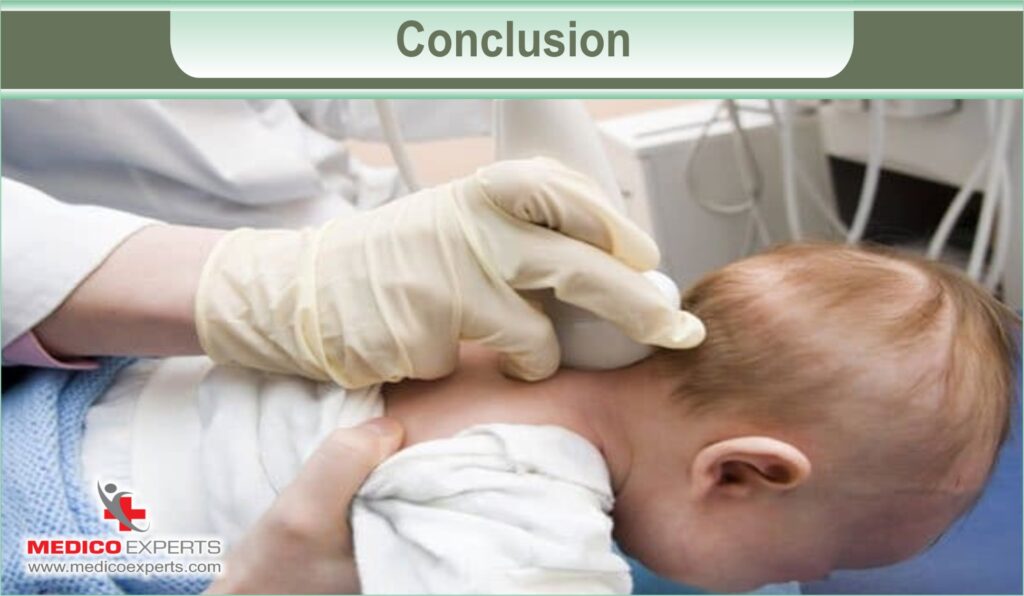
Early detection and intervention are key in managing cerebral palsy. Healthcare professionals, including specialists in physical medicine, neurology, and therapy, play a crucial role in diagnosing and developing personalized treatment plans. While there’s no cure, expert care and access to treatment options can greatly improve the quality of life for individuals with cerebral palsy.
MedicoExperts can be your partner to give your child a better life. Contact us today to get guidance and help with the diagnosis and treatment of cerebral palsy.
FAQ :
Q1: What is the current status of stem cell therapy from a regulatory framework?
Ans: The stem cell-based therapy for autism is in the research phase and not yet formally approved by ICMR. However, the application of stem cells, popularly known as bone marrow transplants, in blood-related disorders is approved by ICMR.
References
https://www.ninds.nih.gov/health-information/disorders/cerebral-palsy
https://www.ncbi.nlm.nih.gov/pmc/articles/PMC7887285/
https://www.ncbi.nlm.nih.gov/books/NBK533235/
https://www.ncbi.nlm.nih.gov/pmc/articles/PMC2814246/
https://pubmed.ncbi.nlm.nih.gov/11853323/



